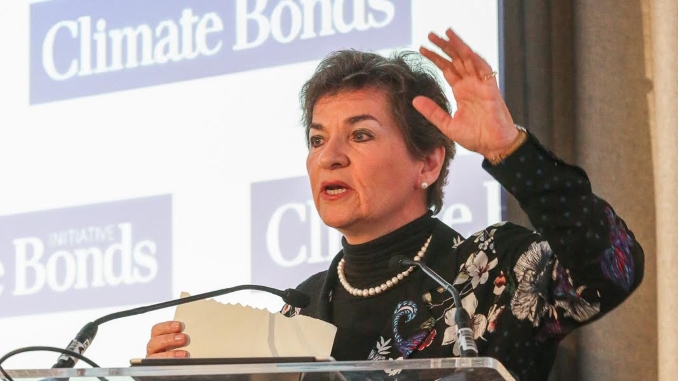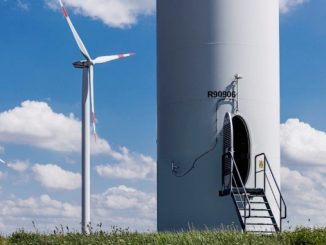
Issuers are being encouraged to pledge to establish green bond strategies under an initiative unveiled at the CBI18 conference on Tuesday to help hit a $1 trillion target by 2020, as participants noted that “a lot of heavy lifting” is needed even if big growth is forecast for this year.
The Green Bond Pledge was developed by a dozen organisations from around the globe, including the Climate Bonds Initiative (CBI).
“As a signatory to this pledge, we support the rapid growth of a green bonds market, consistent with global best practices, that can meet the financing needs we face and issue, whenever applicable, bonds for infrastructure as green bonds,” it reads. “We pledge to support this goal by establishing a green bonds strategy that will finance infrastructure and capital projects that meets the challenges of climate change while transforming our community into a competitive, prosperous and productive economy.”
A parallel “Investor Statement of Support for Low Carbon Investment” is being coordinated by non-profit organisation Ceres, although similar investor initiatives are already widespread.
Introducing the issuer pledge at the event, Christiana Figueres, former UN Climate Chief and convenor of the Mission 2020 initiative (pictured), said that while green bonds had not so long ago been the new kid on the block, “we’ve come a long way, baby”. However, she highlighted the need for rapid growth to move from $155bn of issuance in 2017 to $1 trillion by 2020, the year scientists have identified as that in which a rapid descent in greenhouse gases needs to begin — at the same time as identifying this as “a huge investment opportunity that unfolds for us as we speak”.
Rahul Ghosh, senior vice president, ESG and green bonds, Moody’s, forecast $250bn (EUR203bn) of issuance this year. However, he injected a note of caution, highlighting that only around $20bn has been issued so far this year, according to CBI figures.
“So there’s still a lot of heavy lifting to go,” he said.
This could be achieved through greater diversification, according to Ghosh.
“We’ve talked a lot about this being a 10 or 11 year old market, so we’re kind of approaching the awkward teenage years,” he said. “On the one hand, you think you’re all grown up, and you’re diversified, on the other hand you’re still kind of a kid.
“To get to the one trillion dollar market, there are areas where as we enter the awkward teenage years, we need to start seeing more in terms of diversification.”
He cited several “engines for growth”: a promising pipeline of US municipals, emerging market issuers and securitisations, as well as scope for growth in new countries, different uses of proceeds, local currencies and sub-investment grade issuance.
Joop Hessels, head of green, social and sustainability bonds at ABN AMRO, highlighted green loans and sovereign issuance as being areas with huge potential for growth.
“I don’t think we need to focus purely on green bonds themselves,” he said.
Tanguy Claquin, head of sustainable banking at Crédit Agricole, echoed this, predicting that green bond issuance could hit $200bn this year – “big growth from last year” – but that including green loans, overall green debt financing could reach $300bn.
He also highlighted the need for quality – asking how much of this supply will be externally reviewed, CBI-certified and have proper impact reporting.
“Quantity is important, but quality will drive the quantity,” he said.
Sean Kidney, Climate Bonds Initiative CEO, said issuance should also be spurred by government policy and incentives.
“We’ve heard about China, the evolution of incentives in the Chinese market, the sprinkling of incentives in places like Singapore and Hong Kong, and the EU beginning to examine the idea of incentives,” he said.
“That is a prediction for 2018 – you will see the march of incentives.”
We will be bringing you more news and insights from CBI18 in the coming days…
Photo credit: CBI



